Miki Suizan: The subtle art of Shin Hanga elegance
Miki Suizan (1887-1957) was a prominent artist of the Shin Hanga movement, known for his serene and understated prints that captured the quiet beauty of traditional Japanese life. Suizan’s work is celebrated for its delicate lines, soft color palette, and focus on mood and atmosphere, reflecting a deep connection to traditional Japanese aesthetics.
 Down the Hozu river near Kyoto, Miki Suizan, 1924. Source: Wikimedia Commonsꜛ (license: public domain)
Down the Hozu river near Kyoto, Miki Suizan, 1924. Source: Wikimedia Commonsꜛ (license: public domain)
Biography
Miki Suizan (三木 翠山) was born as Miki Terukazu on February 16, 1887, in the city of Hyōgo, in the Kansai region of Japan. Growing up in an area rich in cultural heritage, Suizan was exposed to traditional Japanese arts from an early age. His interest in art led him to pursue formal training, where he studied Nihonga (traditional Japanese painting), a foundation that would deeply influence his later work.

Miki Suizan, photograph, 1957. Source: Wikimedia Commonsꜛ (license: public domain)
Suizan’s early education in Nihonga provided him with a strong understanding of traditional Japanese aesthetics, particularly the use of delicate lines and subtle color palettes. These skills would later be reflected in his work as a leading artist in the Shin Hanga movement.
In 1920, Suizan moved to Kyoto, where he became involved with the Kyoto art scene, which was a hub for traditional Japanese arts and crafts. It was during this time that Suizan began to focus on woodblock printing, and he soon attracted the attention of Watanabe Shōzaburō, the influential publisher who was at the forefront of the Shin Hanga movement. Watanabe recognized Suizan’s talent for capturing the quiet beauty of traditional Japanese scenes and landscapes and encouraged him to create woodblock prints that blended classical Japanese themes with modern sensibilities.
Suizan’s prints became highly popular, both in Japan and internationally. His work is celebrated for its serene and understated elegance, often depicting tranquil landscapes, serene women, and traditional Japanese scenes with a focus on mood and atmosphere.
Miki Suizan passed away in 1957, leaving behind a legacy as a significant figure in the Shin Hanga movement. His prints continue to be admired for their beauty and their ability to convey the quiet elegance of traditional Japanese life.
Artistic style and significance
Miki Suizan is known for his serene and understated approach to art, which is characterized by a delicate use of line, a soft color palette, and a focus on mood and atmosphere. His work is often described as quietly elegant, capturing the essence of traditional Japanese beauty with a modern sensibility.
Landscape and mood: Capturing tranquility
Suizan’s landscapes are among his most celebrated works, noted for their tranquil and contemplative quality. He often depicted traditional Japanese scenes, such as rural villages, temples, and gardens, rendered with a soft and subtle touch. His use of color is gentle, with a focus on creating harmonious compositions that evoke a sense of peace and introspection.
 Kinkaku-ji in the snow, Miki Suizan, 1931. Source: Wikimedia Commonsꜛ (license: public domain)
Kinkaku-ji in the snow, Miki Suizan, 1931. Source: Wikimedia Commonsꜛ (license: public domain)
One of the defining characteristics of Suizan’s landscapes is his ability to convey mood and atmosphere. His prints often depict scenes at dawn or dusk, times of day that naturally lend themselves to a more subdued and reflective mood. Through careful attention to light and shadow, Suizan was able to create prints that feel both timeless and deeply connected to the natural world.
Bijin-ga: The graceful elegance of women
In addition to landscapes, Suizan also created bijin-ga (pictures of beautiful women) prints, which are celebrated for their grace and subtle beauty. His bijin-ga often portray women in quiet, introspective moments, such as contemplating nature or engaged in traditional activities like tea ceremonies or ikebana (flower arranging).


Left: Ladies on a boat, Miki Suizan, 1958. Source: Wikimedia Commonsꜛ (license: public domain) – Right: In front of Nijō castle, Miki Suizan, 1924. Source: ukiyo-e.orgꜛ
Suizan’s bijin-ga are characterized by their simplicity and refinement. He employed delicate lines and a muted color palette to highlight the beauty of the women’s clothing, hairstyles, and facial expressions. The focus on subtlety and grace in these prints reflects Suizan’s deep respect for traditional Japanese aesthetics, while also infusing his work with a modern sensitivity to individual expression.
A Focus on tradition and modernity
Suizan’s work is marked by a deep connection to traditional Japanese culture, yet it also reflects the influence of modern artistic trends. His ability to blend the old with the new is evident in the way he approached both subject matter and technique. While his prints often depict traditional scenes, his use of composition, color, and line reflects the influence of modern Western art, particularly in his handling of light and shadow.
This fusion of tradition and modernity allowed Suizan to create works that were both culturally resonant and artistically innovative. His prints were not just representations of Japanese life; they were also explorations of the emotional and spiritual connections between people and the natural world.
Impact and legacy
Miki Suizan’s contribution to the Shin Hanga movement was significant, particularly in his ability to convey the quiet beauty of traditional Japanese life. His work is celebrated for its subtlety and elegance, qualities that have made his prints enduringly popular among collectors and art enthusiasts.
Suizan’s ability to capture mood and atmosphere, whether in a tranquil landscape or a serene bijin-ga, has earned him a lasting place in the history of Japanese art. His prints continue to be appreciated for their craftsmanship and their ability to evoke a deep sense of peace and contemplation.
Notable works
Throughout his career, Miki Suizan produced several notable prints that are considered masterpieces of the Shin Hanga movement. Here are some of his most famous works:
 Three girls strolling at Arashiyama, Miki Suizan, 1924. Source: Wikimedia Commonsꜛ (license: public domain)
Three girls strolling at Arashiyama, Miki Suizan, 1924. Source: Wikimedia Commonsꜛ (license: public domain)


Left: Making tea at miyakonabe, Miki Suizan, 1924. Source: Wikimedia Commonsꜛ (license: public domain) – Right: Snow at Higashiyama, Miki Suizan, 1924. Source: ukiyo-e.orgꜛ
 Scene at Kyoto, Miki Suizan, 1931. Source: Wikimedia Commonsꜛ (license: public domain)
Scene at Kyoto, Miki Suizan, 1931. Source: Wikimedia Commonsꜛ (license: public domain)
 Lady playing badminton, Miki Suizan, 1958. Source: Wikimedia Commonsꜛ (license: public domain)
Lady playing badminton, Miki Suizan, 1958. Source: Wikimedia Commonsꜛ (license: public domain)
 Lady playing badminton, Miki Suizan, 1958. Source: Wikimedia Commonsꜛ (license: public domain)
Lady playing badminton, Miki Suizan, 1958. Source: Wikimedia Commonsꜛ (license: public domain)
 Evening at Kiyomizu-dera, Miki Suizan, 1924. Source: ukiyo-e.orgꜛ
Evening at Kiyomizu-dera, Miki Suizan, 1924. Source: ukiyo-e.orgꜛ


Left: Evening at kiyomachi during the daimonji festival, Miki Suizan, 1924. Source: Wikimedia Commonsꜛ (license: public domain) – Right: At Kiyomizu-dera, Kyoto, Miki Suizan, 1924. Source: ukiyo-e.orgꜛ
 Autumn at Tsutenkyo, Miki Suizan, 1924. Source: ukiyo-e.orgꜛ
Autumn at Tsutenkyo, Miki Suizan, 1924. Source: ukiyo-e.orgꜛ
Conclusion
Miki Suizan is remembered as one of the most significant artists of the Shin Hanga movement, particularly for his ability to capture the quiet elegance and beauty of traditional Japanese life. His prints, whether depicting serene landscapes or graceful women, are celebrated for their subtlety, refinement, and emotional depth. Suizan’s work continues to be appreciated for its craftsmanship and its ability to evoke a deep sense of peace and contemplation, making him a cherished figure in the history of Japanese art.
References and further reading
- Chris Uhlenbeck, Jim Dwinger, Philo Ouweleen, Shin Hanga - Die »Neuen Drucke« Japans 1900-1950, 2022, Hatje Cantz, ISBN: 9783775752190
- viewingjapaneseprints.netꜛ
- Miki Suizan on ukio-e.orgꜛ

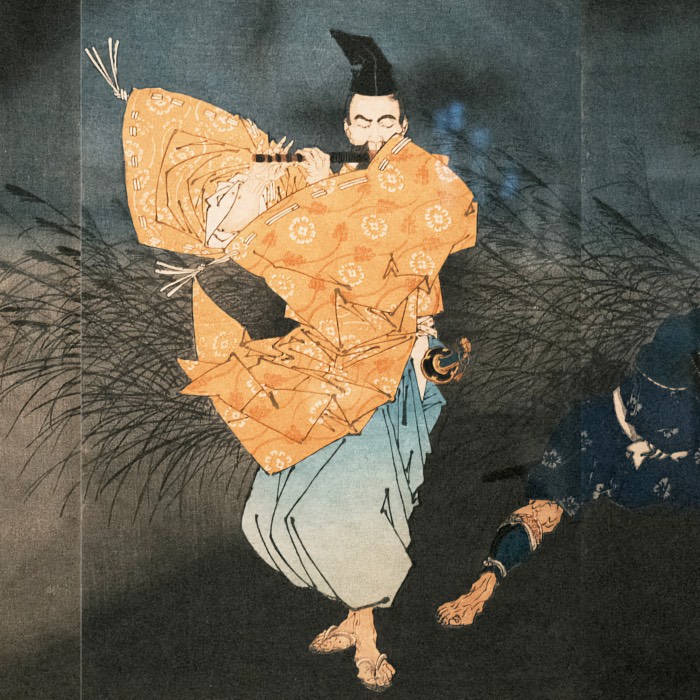

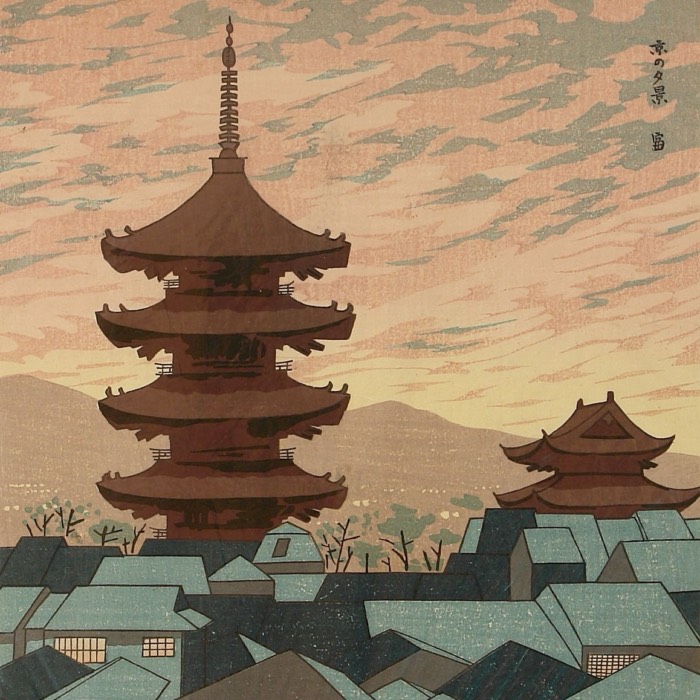

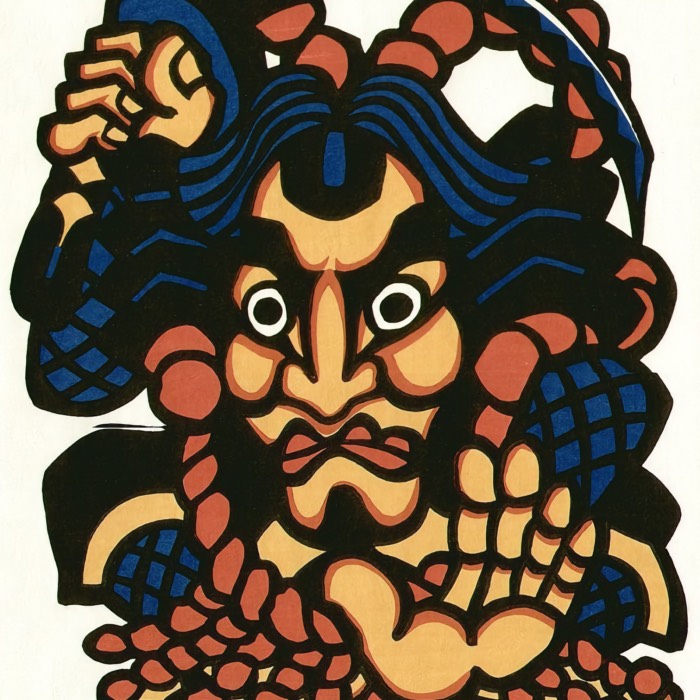
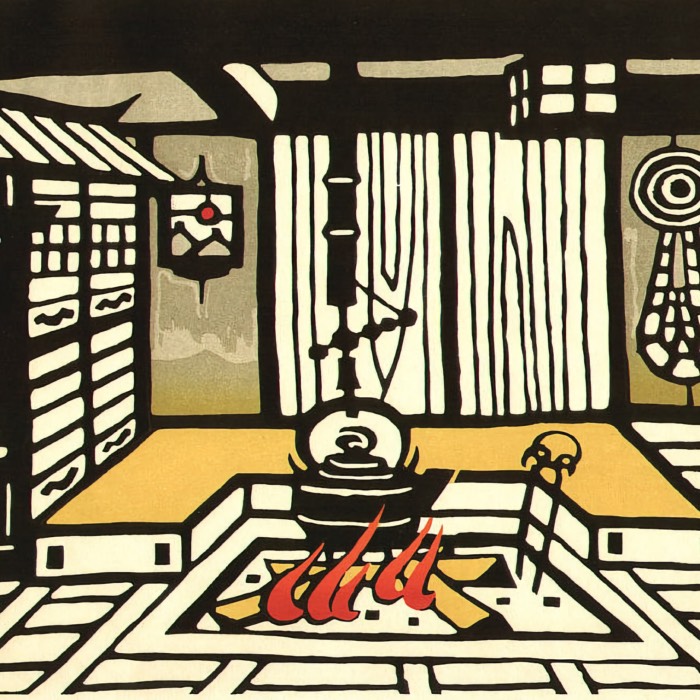
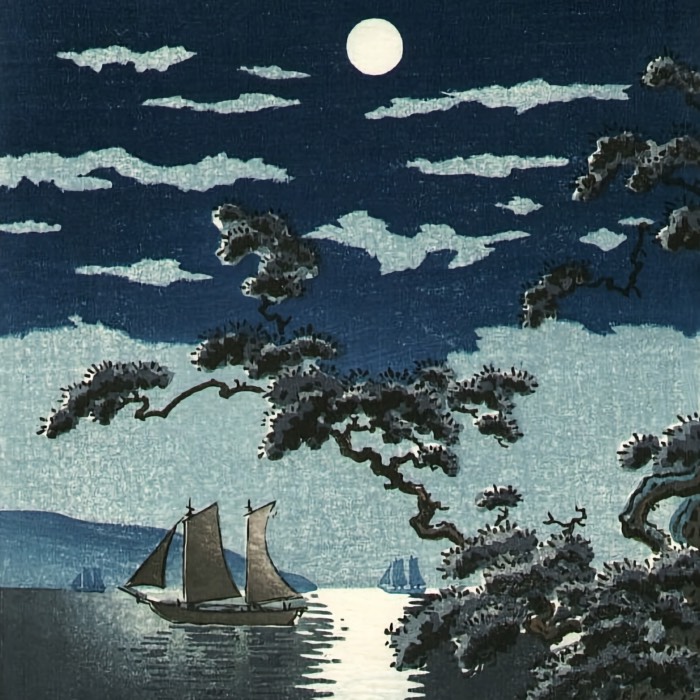
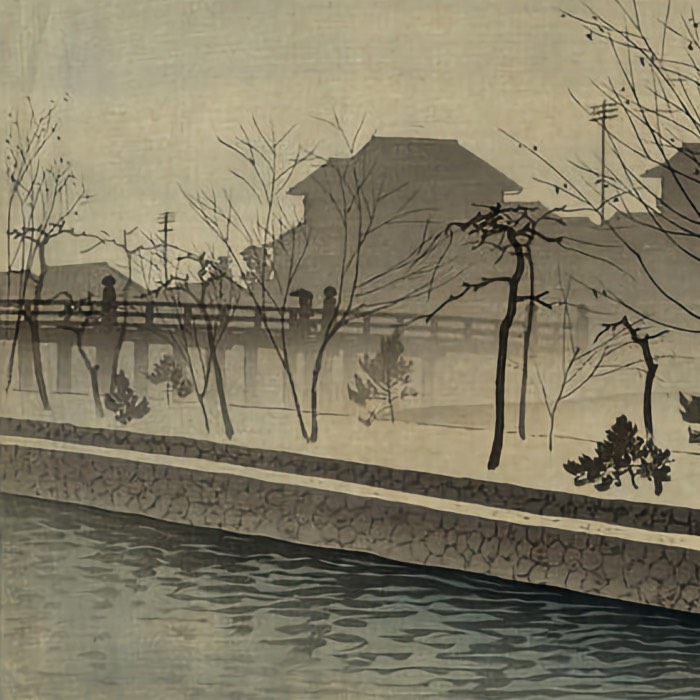
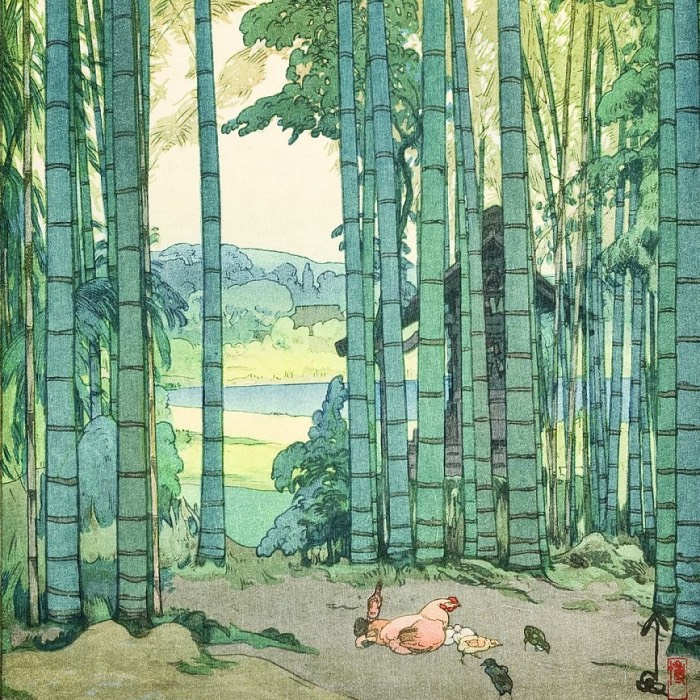
comments